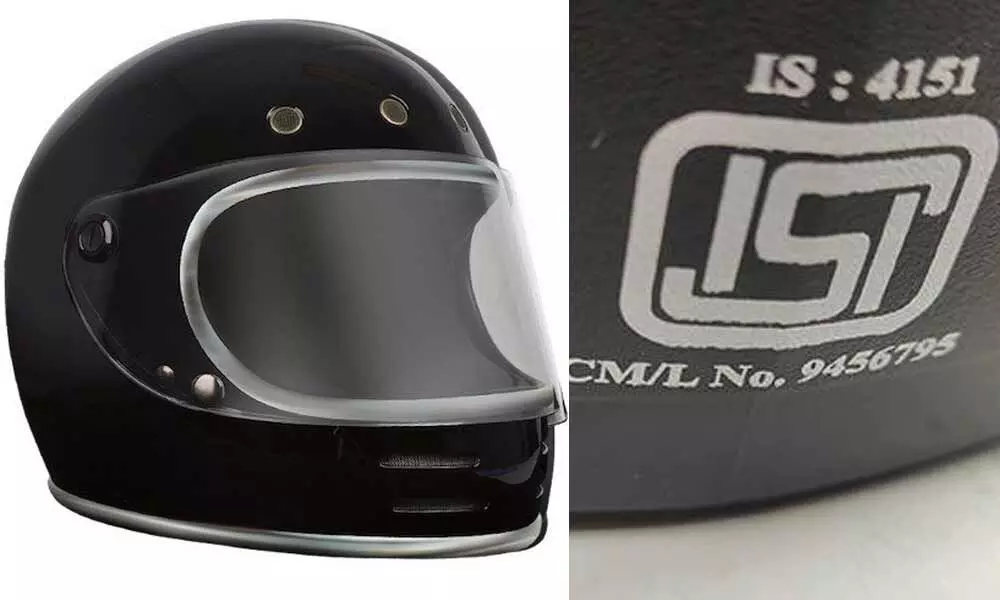Keeping Indian Roads Safe: Understanding Helmet Standards and Regulations
Introduction:
In India, the Bureau of Indian Standards (BIS) plays a critical role in assuring helmet safety through the application of stringent standards and regulations. These requirements prioritize impact resistance, durability, and visibility in order to safeguard riders. This article delves at how helmet safety standards are established, major laws set by the Ministry of Road Transport & Highways, and the relevance of the BIS logo.
Helmet Safety Standards:
IS4151 helmet safety regulations are intended to correspond with worldwide norms, particularly ECE standards. IS4151 includes a number of tests that assess the performance of a helmet, such as impact resistance, chinstrap strength, and deformation capacity. Compliance with these standards is required for a helmet to be awarded the BIS mark, which denotes compliance with safety standards.
Spot Testing and Compliance:
The BIS conducts spot testing rather than relying on independent labs to guarantee manufacturers comply with safety regulations. This method entails inspecting production facilities on a regular basis and examining randomly selected helmet samples. Spot testing is used to ensure that manufacturers regularly adhere to the mandated safety criteria.
Helmet Regulations in India:
Several laws have been put in place by the Ministry of Road Transport and Highways to improve helmet safety across the country. These rules and regulations include:
a. Helmet Thickness and Foam Quality: Helmets must be 22-25mm thick to ensure adequate impact absorption. High-quality foam is critical for increased accident protection.
b. Weight Reduction: Helmet weight has been reduced to 1.2kg, decreasing strain on the rider's neck and improving comfort.
c. ISI Mark: All helmets sold in India must bear the ISI mark. Helmets lacking this mark are unlawful, and selling them may result in legal penalties.
Helmet safety rules and regulations are critical in India to protect riders on the roadways. The BIS is critical in assuring compliance with safety standards through spot testing and certification with the BIS mark. To improve helmet safety, the Ministry of Road Transport and Highways has enacted restrictions such as helmet thickness, weight constraints, and the ISI brand. Manufacturers and riders may help create a safer riding environment in India by understanding and adhering to these guidelines.
Dear readers I appreciate you taking the time to go through my blog. Your participation and encouragement are greatly appreciated by me. I appreciate the chance to discuss my ideas with you. Keep checking back for more intriguing material soon!



Comments
Post a Comment